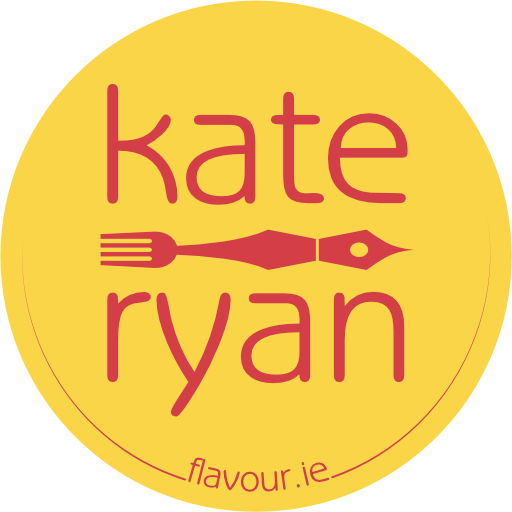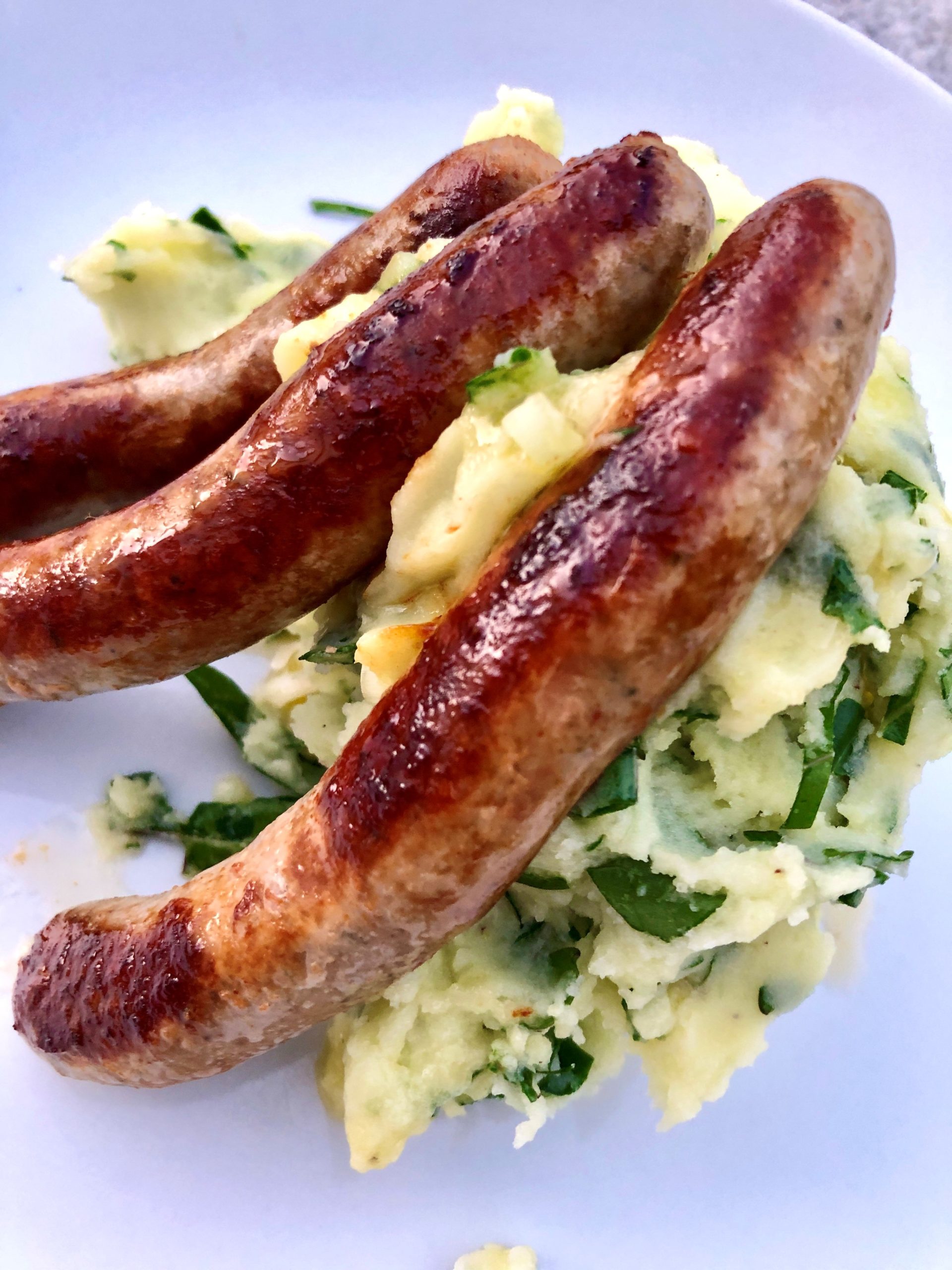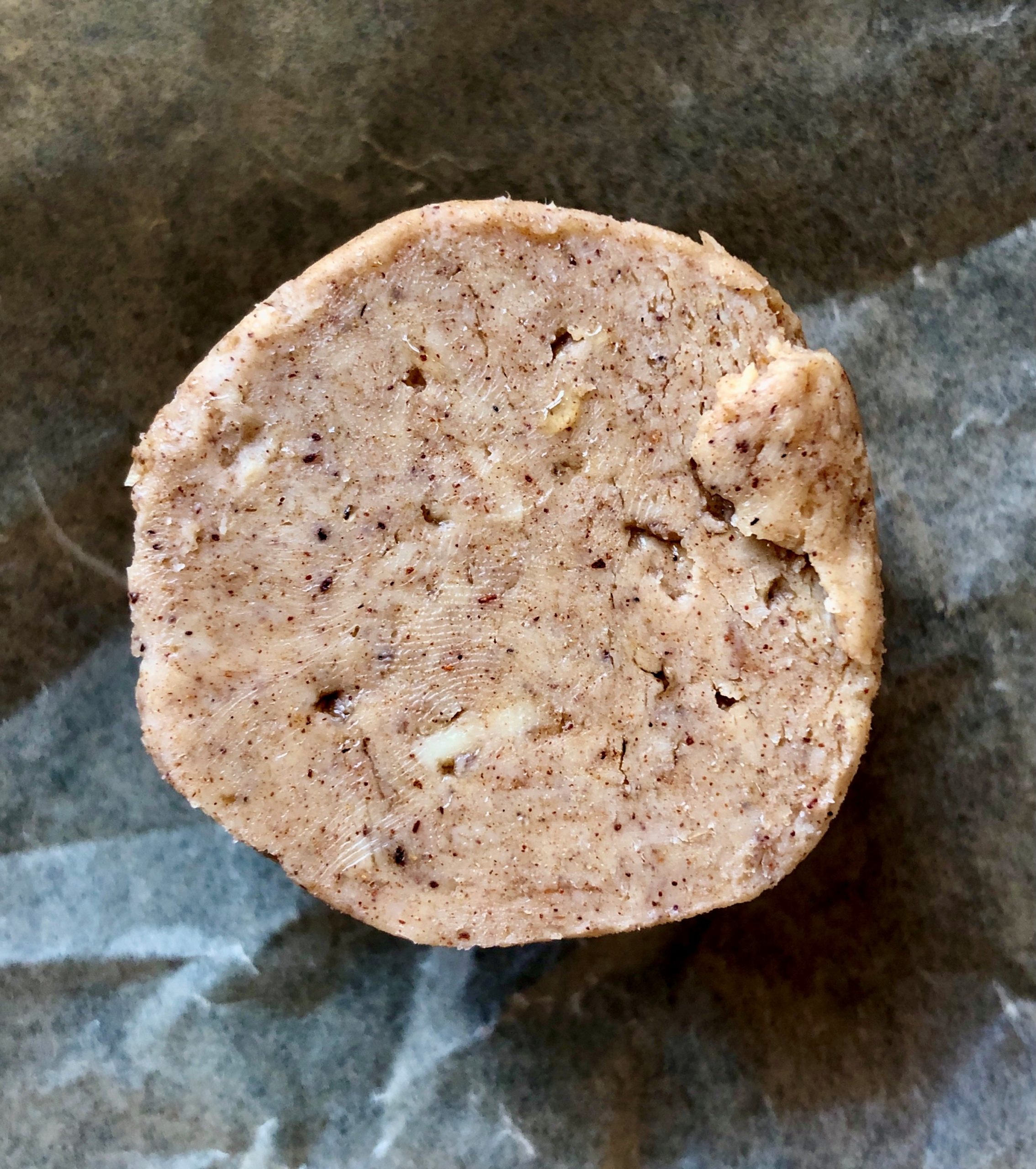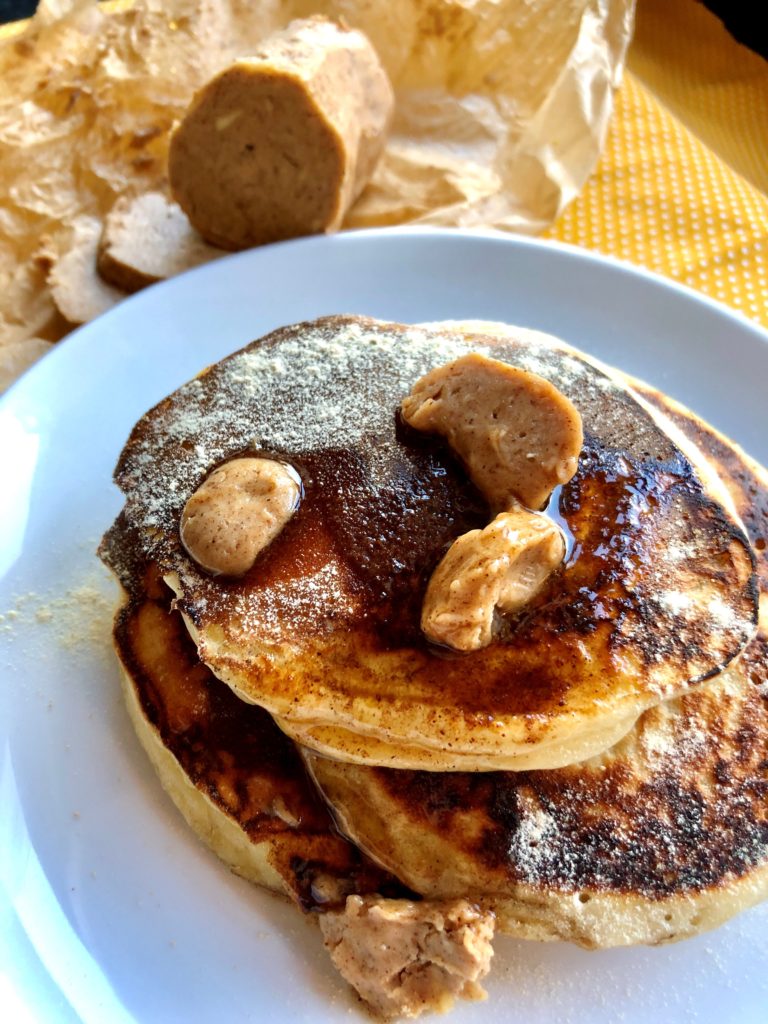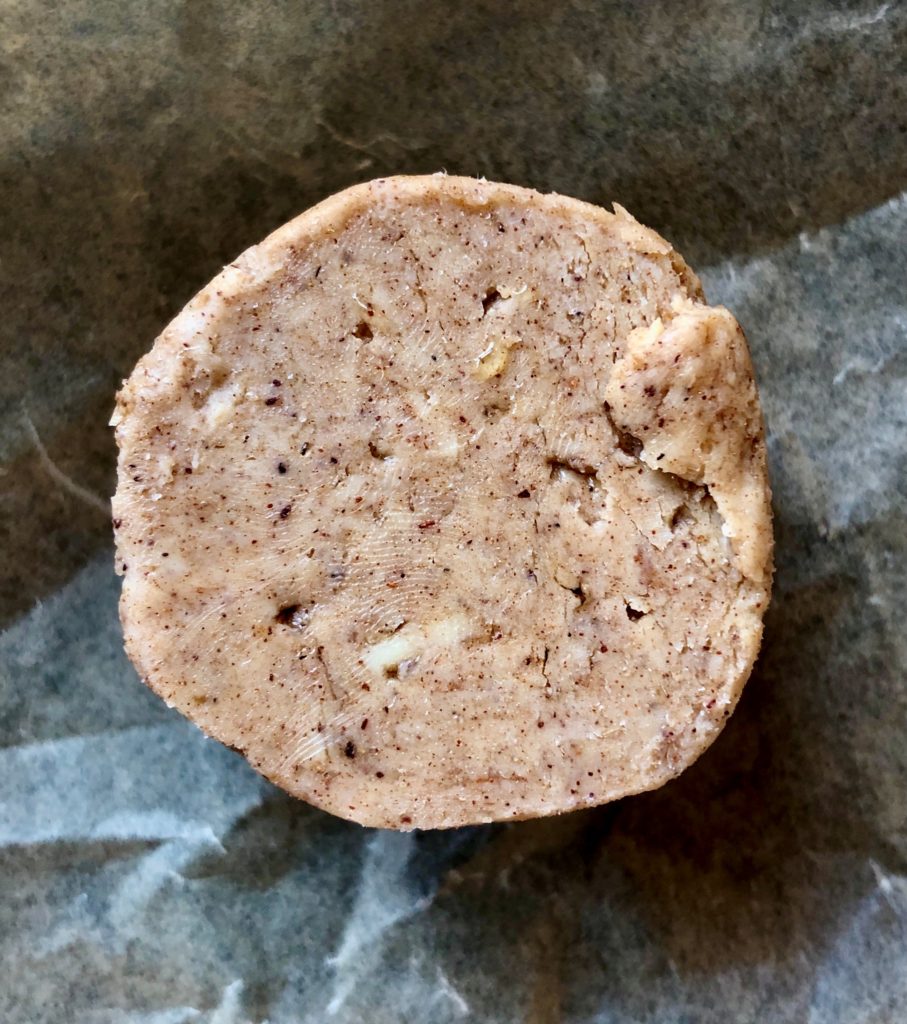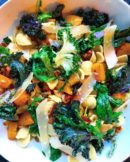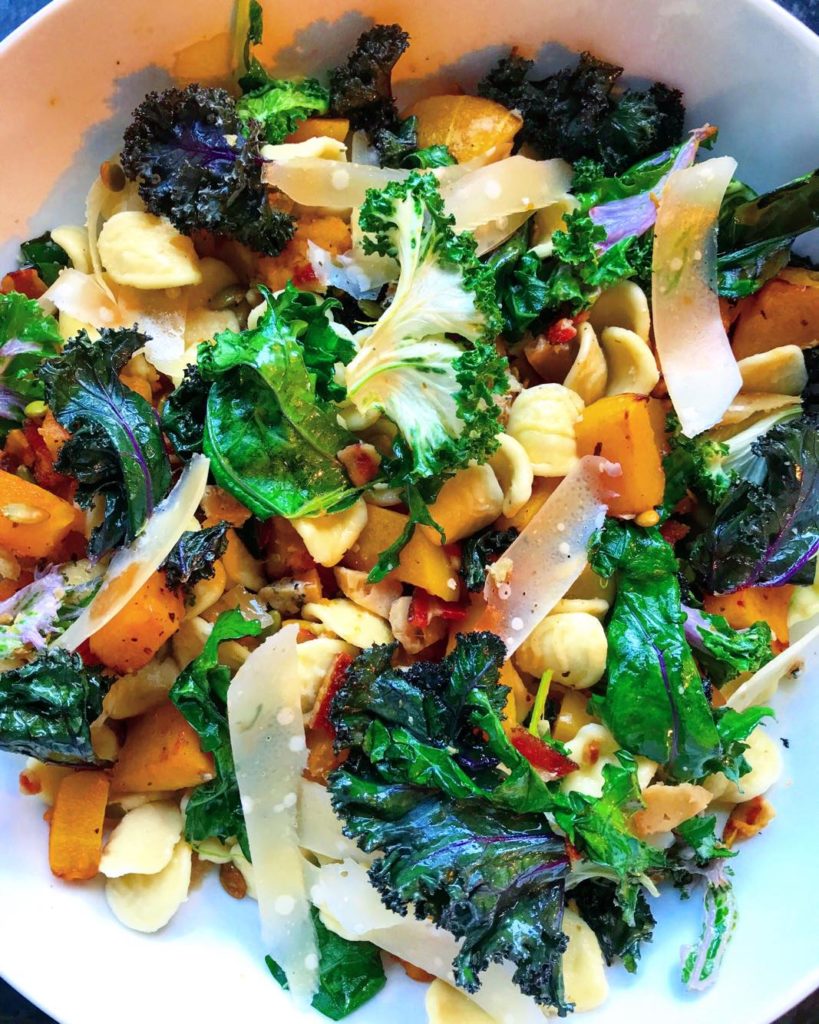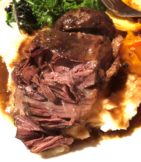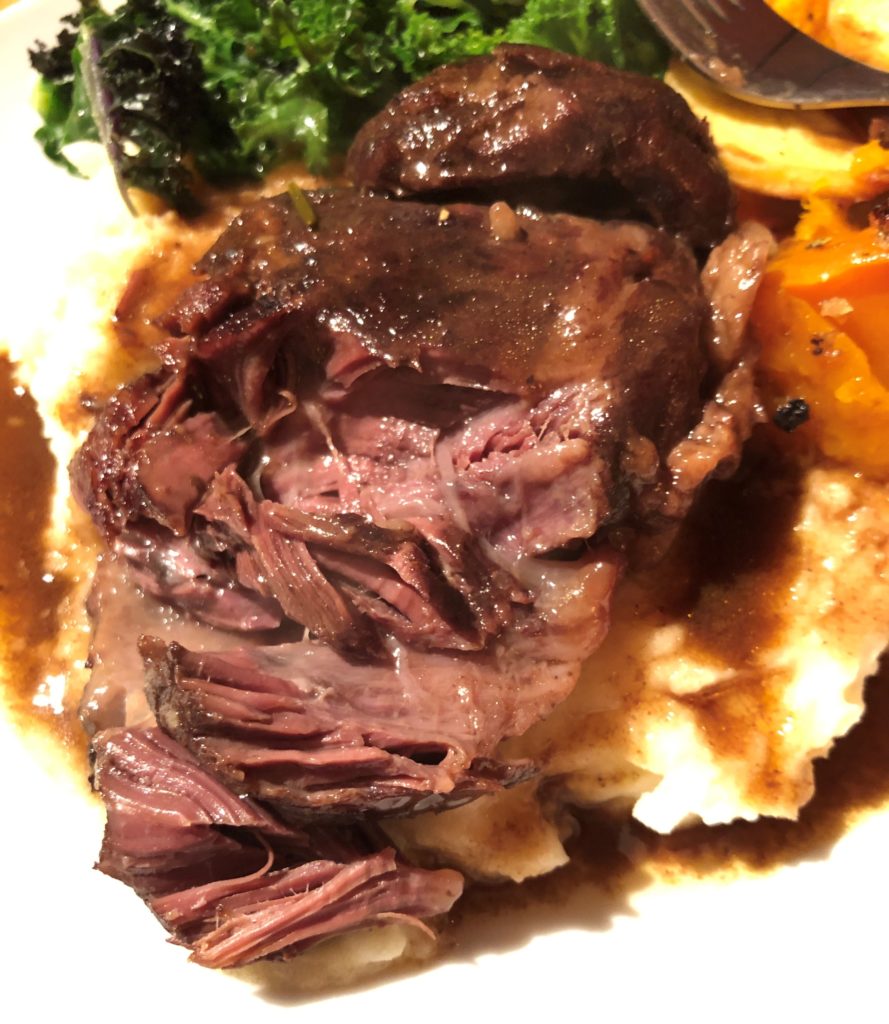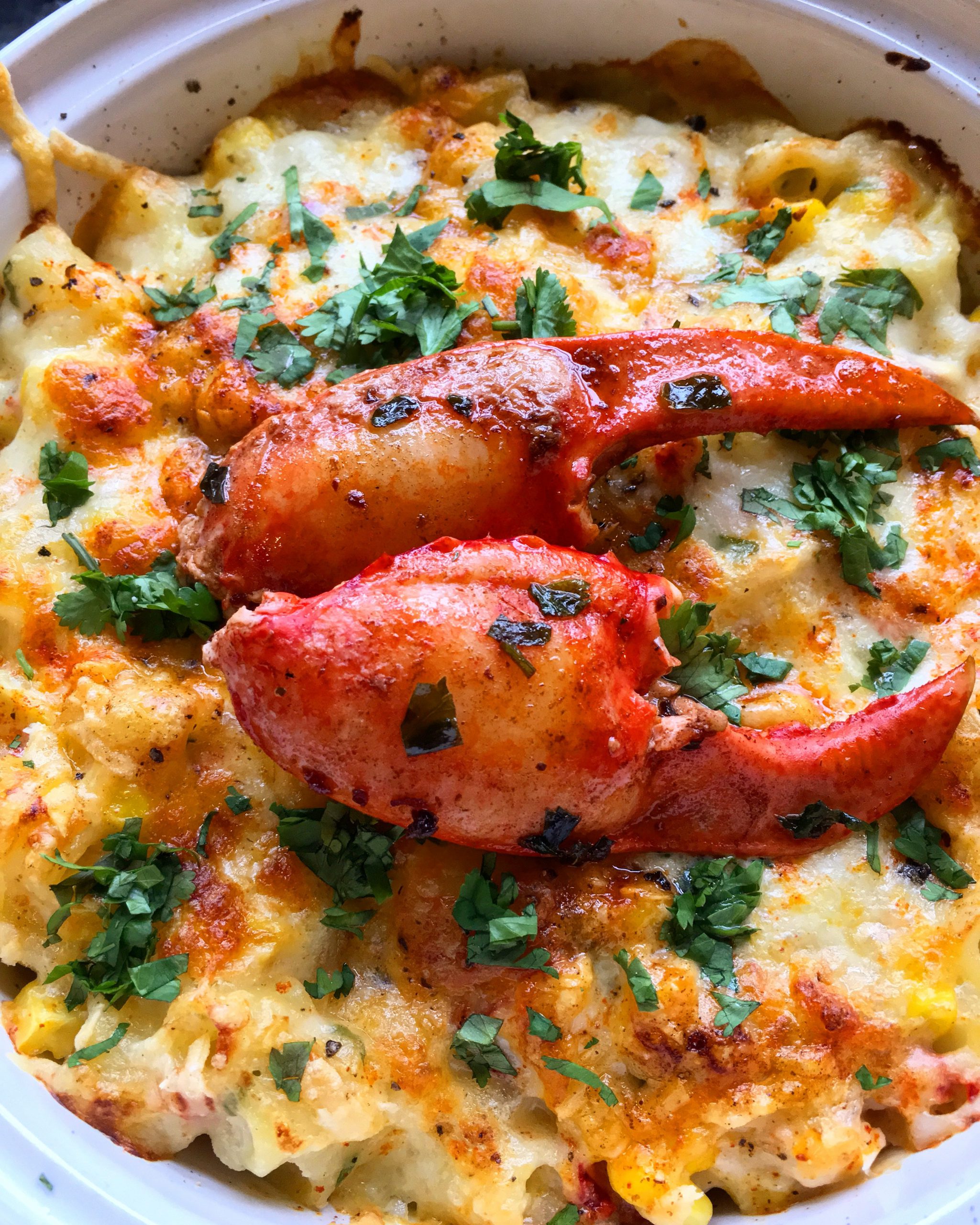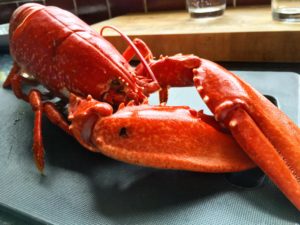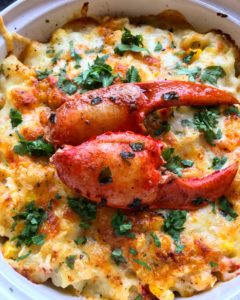Bonfire Night in Ireland means something completely different to Bonfire Night in England. In Ireland, Bonfire Night is on 23rd June to celebrate St John’s Eve, and like most of Ireland’s feast days, the roots are in Celtic pagan times that cross over into religious celebrations.
To burn bonfires on St John’s Eve is to herald the start of a good harvest as well as the usual pagan nods to fertility, and close to the summer solstice as well.

In England, Bonfire Night is 5th November and celebrates the failed Gunpowder Plot of 1605 by Guy Fawkes to blow up Parliament, overthrow the Protestant King James I and restore Catholicism as the dominant faith. As kids, every year at home in Bristol, my sister and I would make an effigy of Guy Fawkes using old clothes donated by Dad or Grandad. The ends of the trouser legs were tied and stuffed with newspaper; an old shirt or jumper the same, the arms tied off at the end; and either a balloon or a plastic shopping bag, stuffed with paper with a face drawn on it for the head. Local kids would sit outside shops or go house to house with their Guy asking, “Penny for the Guy” and on Bonfire Night, Dad would place our Guy on top of the bonfire and light it. We’d let off fireworks in the back garden and hope the sparklers wouldn’t burn our hands! Afterwards, we’d all tuck into Bangers and Mash, hot apple juice and Cinder Toffee.
One of the first party nights I hosted at our home in West Cork was to recreate Guy Fawkes night. I remember that year feeling a little homesick and deeply nostalgic for the things I had grown up with and known my whole life. Ireland and England may only be a short hop across the Irish Sea, but at times, the customs and traditions can be hugely different. Bonfire Night being one of them. It was a crisp, clear chilly night, just like I remember from childhood. Bonfires and fireworks are illegal in Ireland, except for strictly controlled events, so instead we lit our firepit, wrote our names in the night air with sparklers, whacked a piñata and let off glitter bombs. Then we all tucked into our food and warmed our hands around hot cups of mulled cider, apple juice for the children, and stood around the fire pit sharing stories.
What precisely constitutes Colcannon is ferociously debated in Ireland. I recently attended a talk about it where I learned that in some parts of New Foundland where there is a huge Irish ex-pat community going back generations, their Colcannon doesn’t have any potatoes in it all! In Wexford, it’s quite typical to have parsnips in the Colcannon, or to boil the potatoes and cabbage together and mash it up in one big pot. But it would always have cabbage in it – although traditionally not Kale.
However, Kale is a type of brassica, so while it might not be the traditional variety of cabbage usually the staple of Irish Colcannon, I like it and, along with the scallion/spring onions, and an almost obscene amount of butter, makes for a seriously tasty plate of spuds. When it comes to the bangers (sausages), get the best quality you can and cook slowly – I usually place them in a cold frying pan and cook for up to 30 minutes over a low to medium heat turning every five minutes or so. Likewise, with the onion gravy: take your time! Time is the secret ingredient in truly brilliant onion cookery, so don’t rush it. Comfort food should never be rushed anyway – in my mind both the cooking and eating of food like this is what calms the soul and nourishes the body.
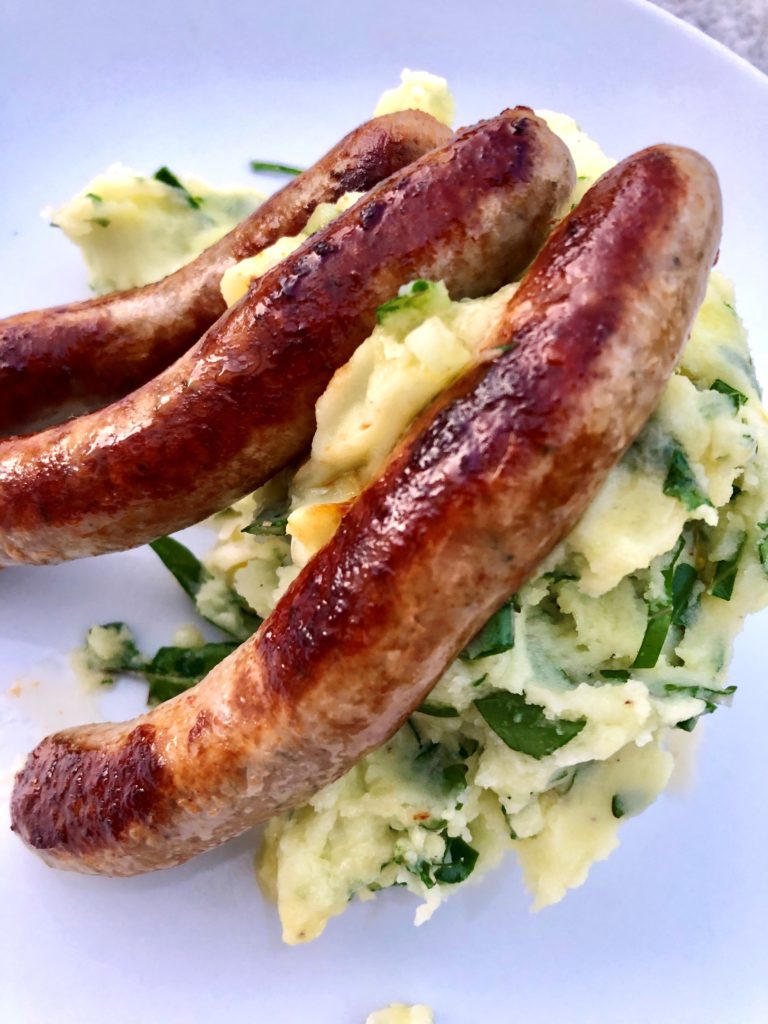
Ingredients
- 8 pork sausages, minimum meat content 80%
- 1 kg of floury potatoes, peeled and diced
- 250 g butter, cubed
- 50 ml whole milk
- Bunch of Russian Kale (apx 2 handfuls)
- 4 scallions
- 1 tbsp parsley (any kind), finely chopped
- 4 medium red onions, peeled, halved and sliced
- Olive oil and butter
- 100 ml red wine
- Fresh thyme leaves
- 250 ml chicken or beef stock
- Salt and pepper
Method
- Place the sausages into a cold frying pan, place over a low heat and cook slowly, turning every few minutes to brown all over. Add a little olive oil if your sausages are a high meat, low fat content. Depending on the size of sausages, cooking could take up 30 minutes.
- Meanwhile, place the potatoes into a pan of salted water, bring to the boil. Do not cook to the point of mush, the potatoes must hold their shape.
- Drain and allow to airdry in a colander for 10 minutes. Return to the pan and break the potatoes down with a masher, if you have a potato ricer you can use that instead. Begin to the add the butter a few cubes at a time and beat through using a wooden spoon. Repeat until you have a creamy texture. You may not need to use all the butter.
- Add the milk, you may not need all the milk, it depends how floury your potatoes are.
- I prefer not to cook my kale and scallions. The kale will wilt gently amongst the warm potatoes and that is sufficient. Remove the kale stems and finely slice the leaves. Top and tail the scallions and finely slice into rounds. Mix all through the potatoes with the chopped parsley.
- Season with black pepper and salt to taste.
- Place the colcannon into a serving dish, cover with parchment paper and place in the oven, no more than 100 degrees Celsius, to keep warm.
- For the onion gravy, into a saucepan over a low-medium heat, add a glug of olive oil and a knob of butter. Add the onions and stir to coat with the fats. Cover with a lid and cook the onions down slowly, stirring every now and again. The onions should brown but be careful not to burn. This should take between 15-20 minutes, the longer the better.
- Add the red wine and allow the alcohol to cook off for a minute. Then add stock and thyme leaves. Stir and cook uncovered for the stock to reduce and thicken.
- Serve up the sausages on a large serving platter, alongside the bowl of creamy colcannon and a large jug of the onion gravy.
Enjoy!
